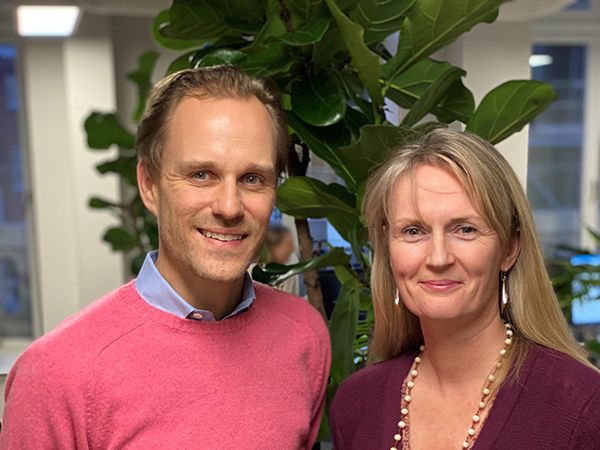Will progress over the next decade be largely informed by our ability to address the issues outlined in UN Sustainable Development Goal (SDG) 5: Gender Equality?
Over the last few years there has been increasing dialogue and evidence pointing to the upside of female leadership; whether political, social or commercial.
From female hedge fund managers outperforming their male counterparts by a factor of 5%, to businesses with female CEOs and CFOs increasing profitability ($1.8trn, according to S&P) and better stock price performance in busines, to political leadership during the Covid-19 crisis resulting in fewer deaths per million.
However, fewer than 10% of hedge fund managers are female, less than 6% of S&P 500 businesses are run by women, and less than 7% of global leaders are female.
Gender equality is not just about the elevation of some women into positions of ‘power’ and influence, it is about creating the conditions to address the systemic issues all women and girls face in being able to elevate themselves. It is about creating the conditions for women and girls around the world to succeed by having unfettered access to the same assets and infrastructure as their male counterparts. To succeed in the opening up of what is still a predominately patriarchal society, it is important to invest in SDG Goal 5.
The achievement of Goal 5 is unsurprisingly interconnected and embedded into many other SDG Goals, including quality education (Goal 4), poverty alleviation (Goal 1), clean energy (Goal 7), reduced inequalities (Goal 10), good health and wellbeing (Goal 3), zero hunger (Goal 2), clean water and sanitation (Goal 6), decent work and economic growth (Goal 8) and climate action (Goal 13).
For example, Project Drawdown cites women’s and girls’ access to education and family planning as one of the top five interventions required to tackle the growing climate crisis. Why? Because this increases participation in the global economy and gives women ownership of their bodies, both of which play a role in helping curb population growth.
Investing in equality
One way to invest for gender equality is through microfinance. Around three-quarters of microfinance borrowers are women, which improves female financial empowerment and inclusion and has a multiplier effect on each of the Goals mentioned above.
From a financial perspective, microfinance can provide attractive portfolio diversification. It has exhibited negative correlations to equity and credit indices and has a very high Sharpe ratio given its steady monthly return, itself a function of the high diversification of end borrowers and the very low defaults.
A 2018 McKinsey report, Women in the Workplace, showcased four sectors that have seen the most progress from increased participation of women in senior positions: packaged goods, finance, food and restaurants, and consumer technology. Whilst quality data below board and senior management is harder to distil, these are important data points for society, business, finance and governments to acknowledge.
By empowering women in a “full potential” scenario, where women play an identical role in labour markets to men, as much as $28trn, or 26%, could be added to global annual GDP by 2025. It becomes even more critical as we move to build back better, that we recognise, embrace and invest in the power of women alongside men. We are seeing agencies, like the UN, positioning itself alongside the finance industry, creating new products that can help play a role in addressing the gender imbalances in society.
In our 2018 Gender Lens Investing paper, we noted that the flow of capital into gender lens mandates and female-run businesses is increasing, in some instances exponentially, but it is still not enough. Investing in equality and equity, no matter the lens (gender, ethnicity, age, sexuality) takes a considered approach – one that requires a full understanding of the issues and subsequent interventions.
While there has been some acknowledgement from mainstream finance to begin to address this imbalance, such as Goldman Sachs’ commitment not to bring companies to IPO without at least one “diverse” board member, more measures are needed.
What we are learning from investing through the lens of Goal 5 – gender equality – equips us to better manage and direct investment into other forms of structural inequality and inequity.








